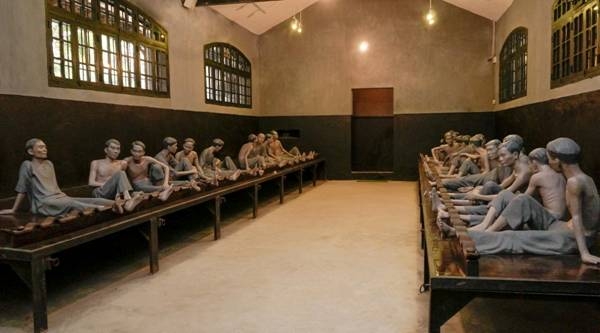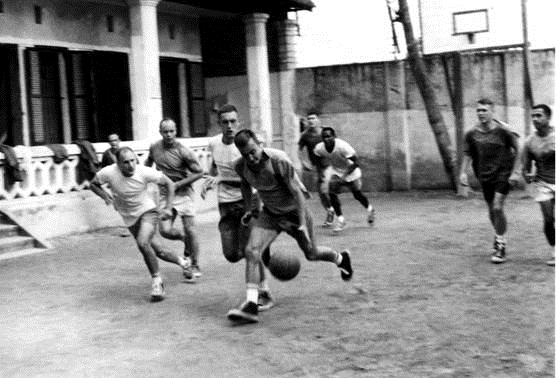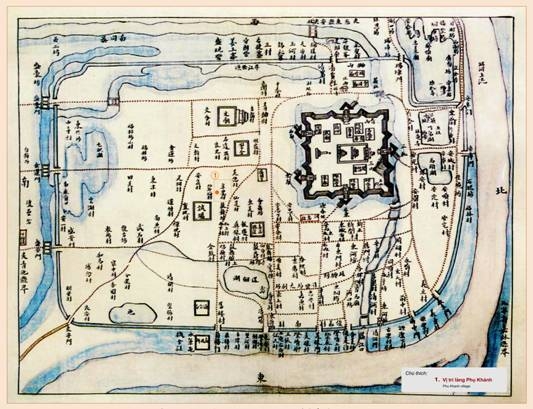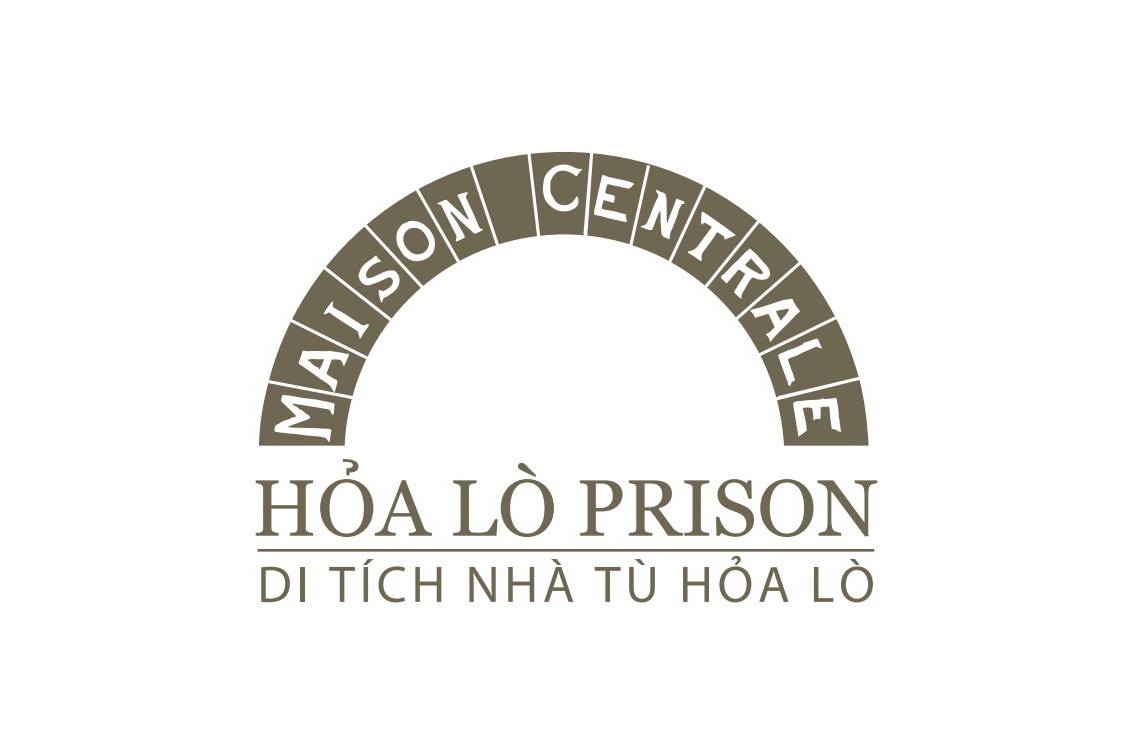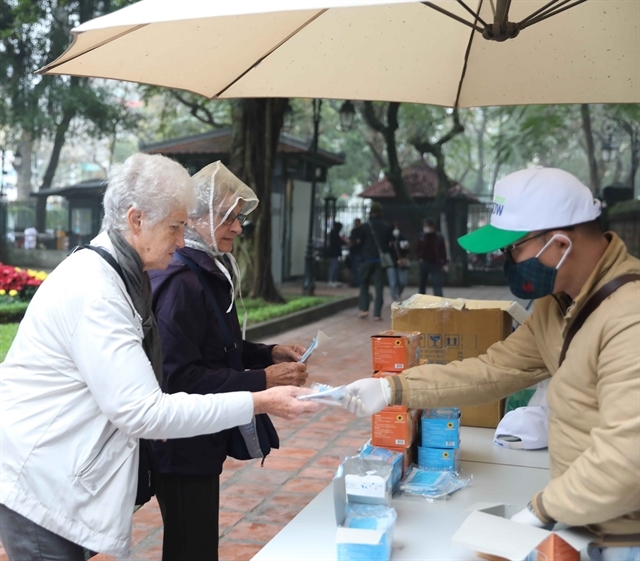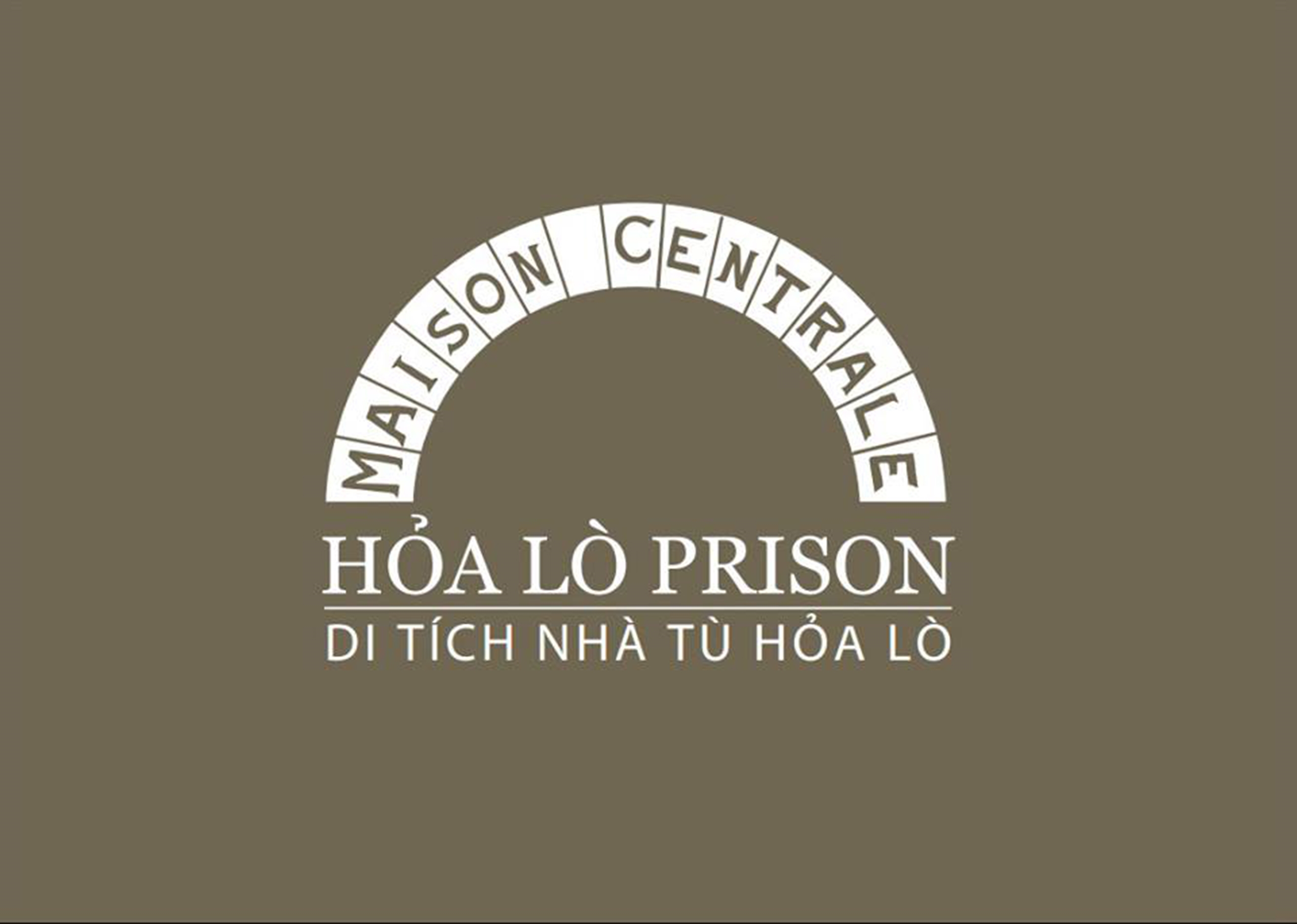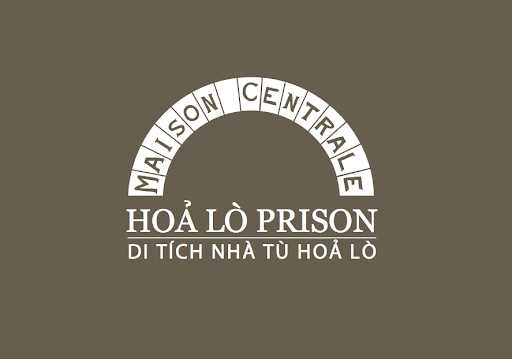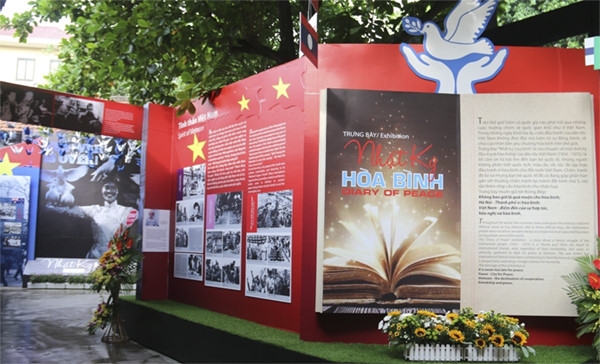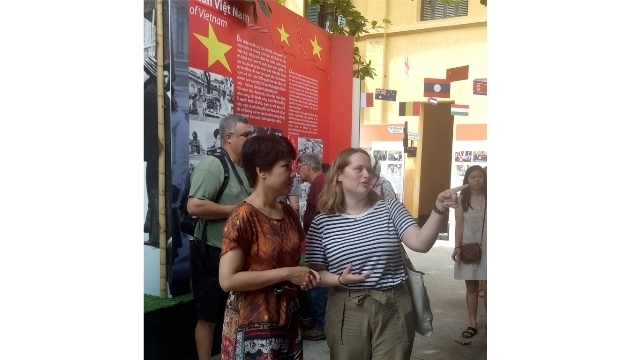The patrotic - revolutionary school
Directly face to French colonial legal system, the patriots and revolutionary fighters, specially the public property not only had fighting spirit but also withstood sacrifices and hardships. They were determined to establish some organizations, to gather the masses against to require a better life in the Prison. In free time, the learned prisoners taught to the illiterate ones. Many groups were held, teaching about political arguments which could help the prisoners to have a good resolve, and have much more experience fighting.

Turn prison into revolution school
“The body inside but the spirit outside.” The learned room was hold everywhere excitedly by many ways to study in the prison. They discussed together, exchanged the information, had a question to answer.
Not only teaching and learning script, political prisoners in Hoa Lo Prison also focused on learning foreign languages, including French and English. The prisoners also created their own learning tools and supplies: they used the floor of the cell as a board; they picked up immature bricks and charcoal to use as chalk, when they were permitted to go to the yards; a penholder was made of dried tropical almond branch; a pen nib was made of antigonon flower buds; ink was methylene blue taken from prison’s clinics.

The pen - The political prisoners used in the classroom

Penholder - The political prisoners used in the classroom
 |  |
Brick, coal used to write on the concrete floor in the classroom

Books - The prisoners used to learn foreign languages
The book, had 438 pages, was written in English and French for studying the foreign languages in Hoa Lo Prison from 1950-1954.
To avoid detection by the enemy, prisoners had to drill into the walls, and withdraw bricks and sections of floors to create “warehouses” to contain documents, and then cover them to the initial condition so they could not be detected. The classes were held in groups, each group included 10-15 students. The classes were often held at noon or in the evening with the motto that those who were literate shall teach those who were not; those who know much shall teach those who know less.
They created the hand-made objects such as: the rings from dried-coconut, steel rings, comb, the pawn… for relaxing, or embroider the bag as presents to give to relatives.

Pawns – made by the prisoners

Rings – made by the prisoners

The Bag - made by Mrs. Tran Thi Tue during imprisoned period, 1953
This bag belonged to Ms. Tran Thi Tue, born in 1925 in Tam Dao, Vinh Phuc, a political prisoner of Hoa Lo Prison in the period from 1952 to 1954. The bag was embroidered and dedicated to her beloved mother in 1953.
Her life in prison was similar to that of other female inmates and they suffered immensely. However, taking advantage of a time in the evening when the guards did not notice, she secretly took white cloth and sewing reserved when receiving to-be-embroidered items delivered by the contractor and through dim lights from the hallway outside, she painstakingly embroidered the bag everyday. She embroidered the shape of a flower basket at the center of the bag with the words: "Devoted to my beloved mother", which was her truest affection for her mother and her dream that the war would end soon and she could return to her family and beloved mother after long years of hard working in the revolutionary path.

Struggle against the enemy’s court, determination to protect the sense of purpose and uprightness

Two underground sewers – from which the prisoners escaped
The underground sewer was in yard J and the underground sewer in the death cell area, built from bricks, tubular in shape, with concrete lid.
At the sewer in yard J, in 3/1945, taking advantage of an opportunity Japan took over the French colonist. At the J quarter, more than 100 political prisoners escaped successfully by underground sewer. And then, they quickly joined in the revolutionary organizations at the local, contact to the masses, resulting in the August 1945 revolutionary Triumph and gaining the independence for the nation. Among of the political prisoners escaped from there became the state cadre of the Communist Party: Do Muoi - Party General Secretary, Tran Dang Ninh - Director General of the Department of Supplies, Tran Tu Binh - Chief of the General Staff of the Vietnam People’s Army, Le Tat Dac - Deputy Minister of Interior Ministry…
At the sewer in death cells area, 24/12/1951, 16 prisoners being condemned to death and life imprisonment escaped from the underground sewer at the death cell.
The prisoners prepared carefully for this escapes: The key of the cell was stolen by the prisoners, pliers and acid were brought by relatives, and clandestine organizations cut the bars on the door and in the underground sewer systems.
On Christmas Day (24/12/1951), after the jailer checked all the cells in the prison, they forced each of the prisoners to wear only underwear and a uniform in the plastic bag. Sixteen Political prisoners divided into 3 groups and escaped by underground sewer. As the escape had to be done earlier than expected, the support force outside was not prepared to meet them on time. Five people escaped successfully, but eleven were captured again and moved to Con Dao Prison.
In 1954, after the Liberation of the Capital (10/10/1954), these eleven prisoners were released in Sam Son Beach, Thanh Hoa Province. Now, some of them still live in Ha Noi and some othe Provinces in the North of Viet Nam.
COMMENTS
RELATED ARTICLES


